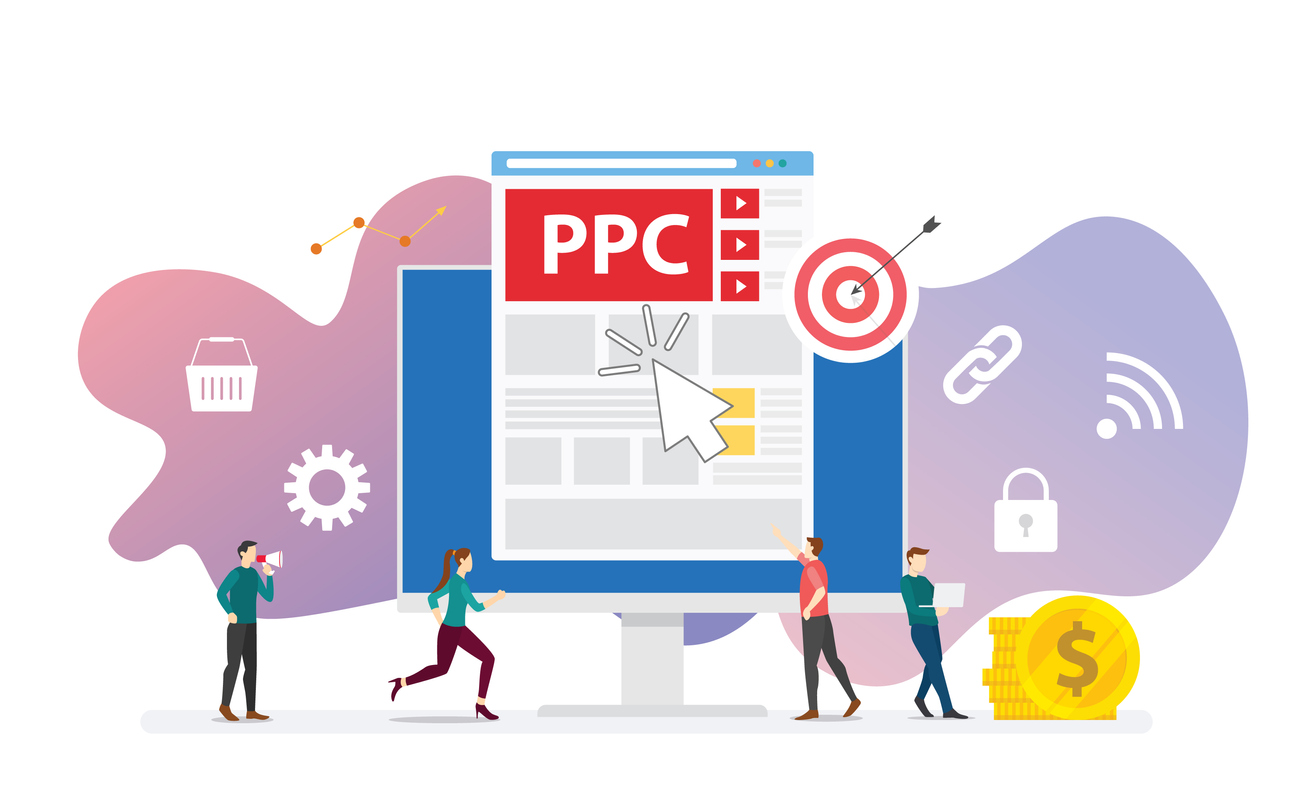Proving the value of ‘display’ without running a time and budget consuming test has always been difficult. But no more. The below analysis can not only prove display’s worth but it can precisely quantify it too, and all it needs is DCM, GA360 and about a day.
One of the most common questions we get as an agency is how can you prove that seeing an ad does actually affect customers and increase the likelihood of them converting.
The best way to answer this is with a placebo test: you split your audience into a treatment group (people who see your ads) and a control group (people who see a non-related charity ad). The performance difference between the two groups should equal display’s true effect on customers (given that seasonal differences were accounted for); in other words, the incremental value of display.
However, placebo tests can be time – and budget – consuming ventures. Depending on your business and the number of monthly conversions your company averages, the test needs to be run for anywhere between a couple of weeks to a couple of months to reach significance. Your company will also need to cover the costs of the test, meaning that you’ll be paying for both yours and the charity’s ads.
This is why the ability to calculate the incremental value of display using nothing else but Google Analytics 360 and DoubleClick Campaign Manager is so valuable.
Methodology
The perfect metric to measure incremental value on is path conversion rate, since it captures how likely someone whose been through a certain combination of channels is to convert. In order to calculate path conversion rates we have to get hold of both converting and non-converting user journeys, i.e. how many times did each journey end with a conversion and how many times did it end with just a visit to the site.
Then we take paths that include display and compare them to identical paths but without display. The average difference between the two sets of paths is the average incremental value display has on path conversion rates, i.e. the average uplift display has on the likelihood of conversion.
Considerations
It is important to consider the variance of uplifts a channel has on path conversion rates along with the average uplift. This is because a channel might have very high uplift for certain paths but might have a negative impact on other paths.
Also, this analysis doesn’t reveal how many people visited the site solely because of display.
Insights
Besides revealing the precise impact of display, this analysis also reveals under which circumstances display has a high impact and under which it does not. We can analyse at what stage of the user journey it works the best, in which combination of channels and how many display ads people need to see. This can inform messaging: what campaigns/ad groups do we need to make sure have aligned messaging; targeting: at what stage of the user journey remarketing works the best; and frequency capping: after how many impressions does path conversion rate no longer increase?
Furthermore, we can carry out this analysis with different channels or at a higher level of granularity (campaign, creative, keyword, etc.), allowing us to compare channel impacts fairly and to allocate optimal budgets or find optimal cross-channel message sequencing.
___
by Nam-anh Tran
source: THE DRUM


